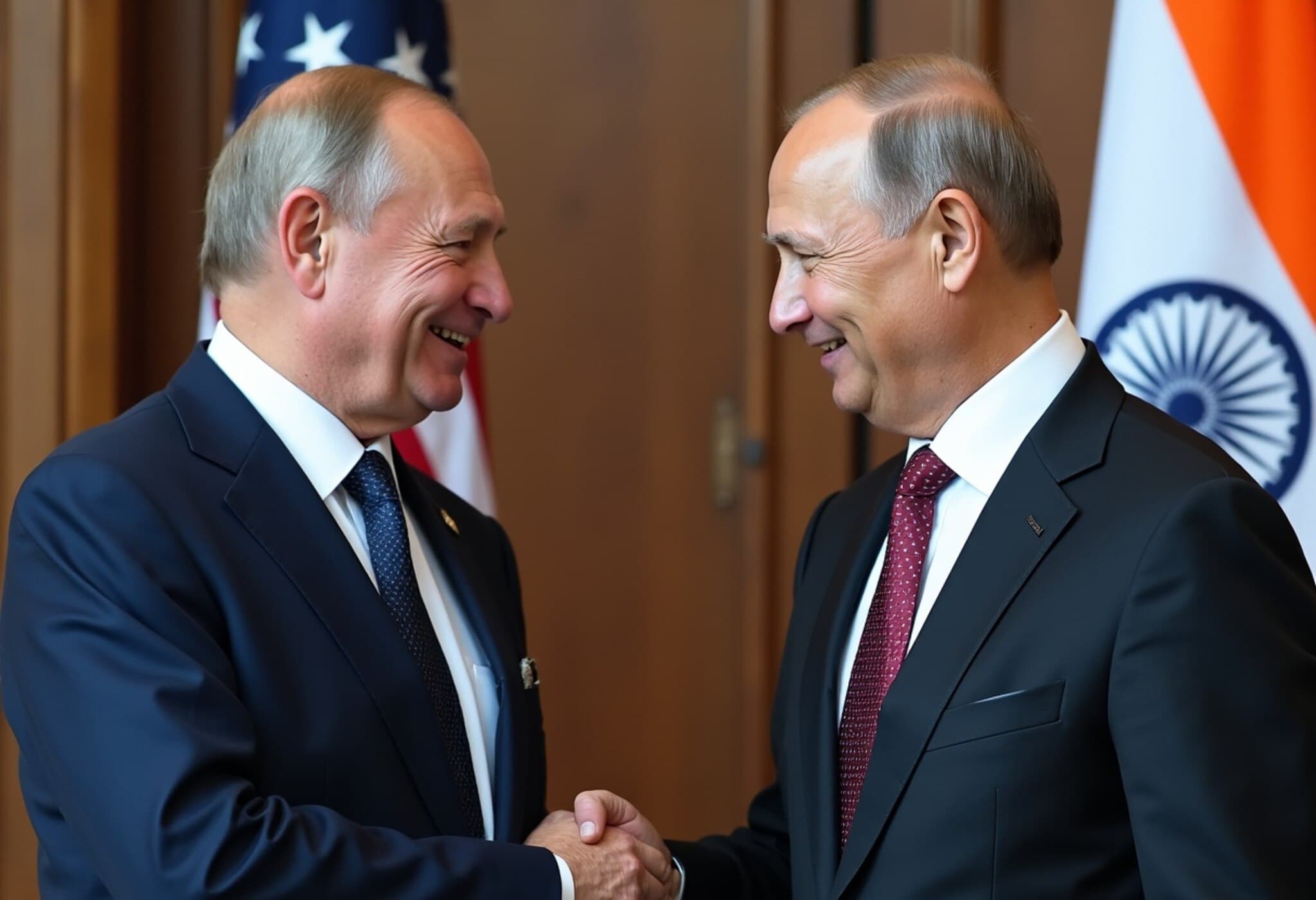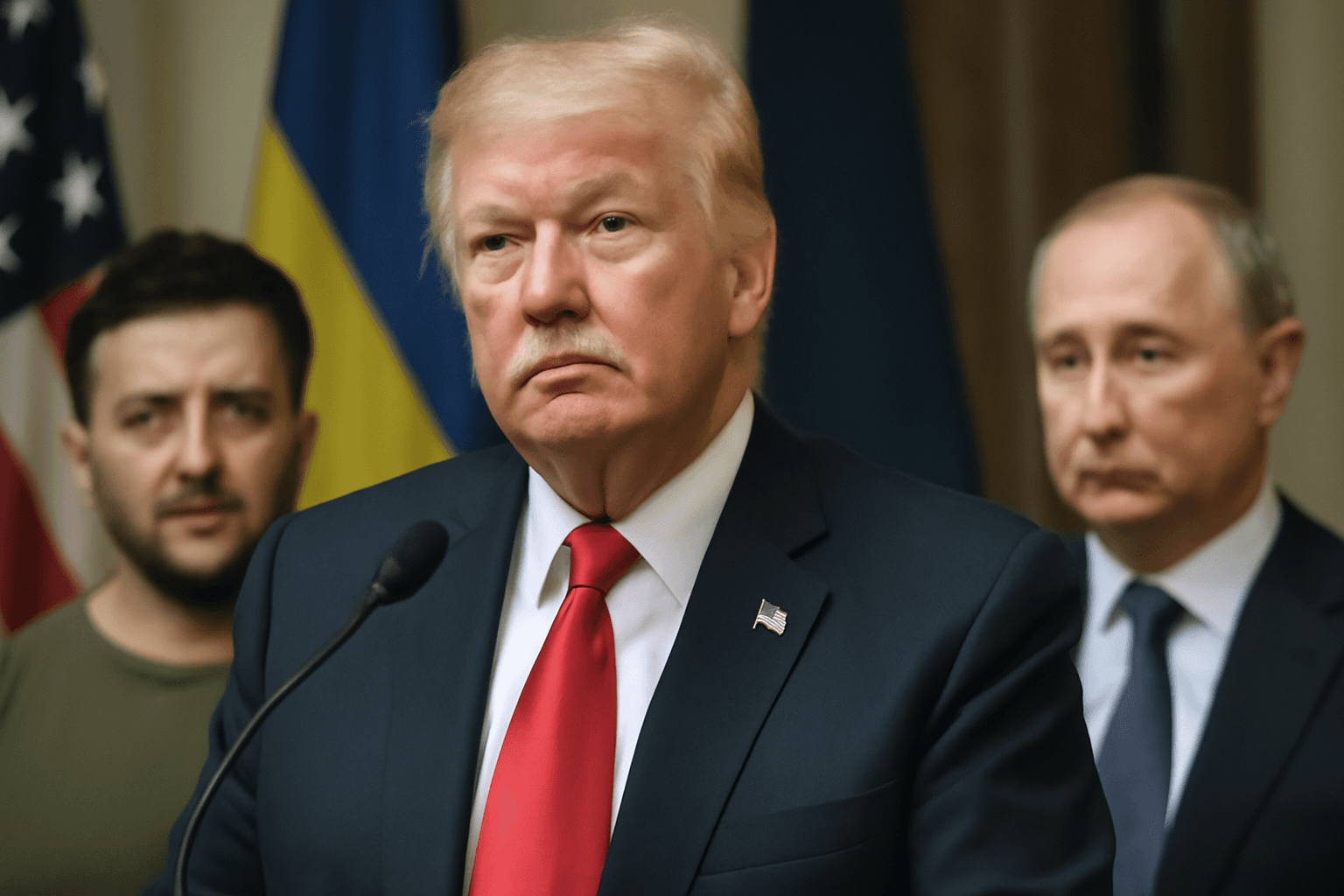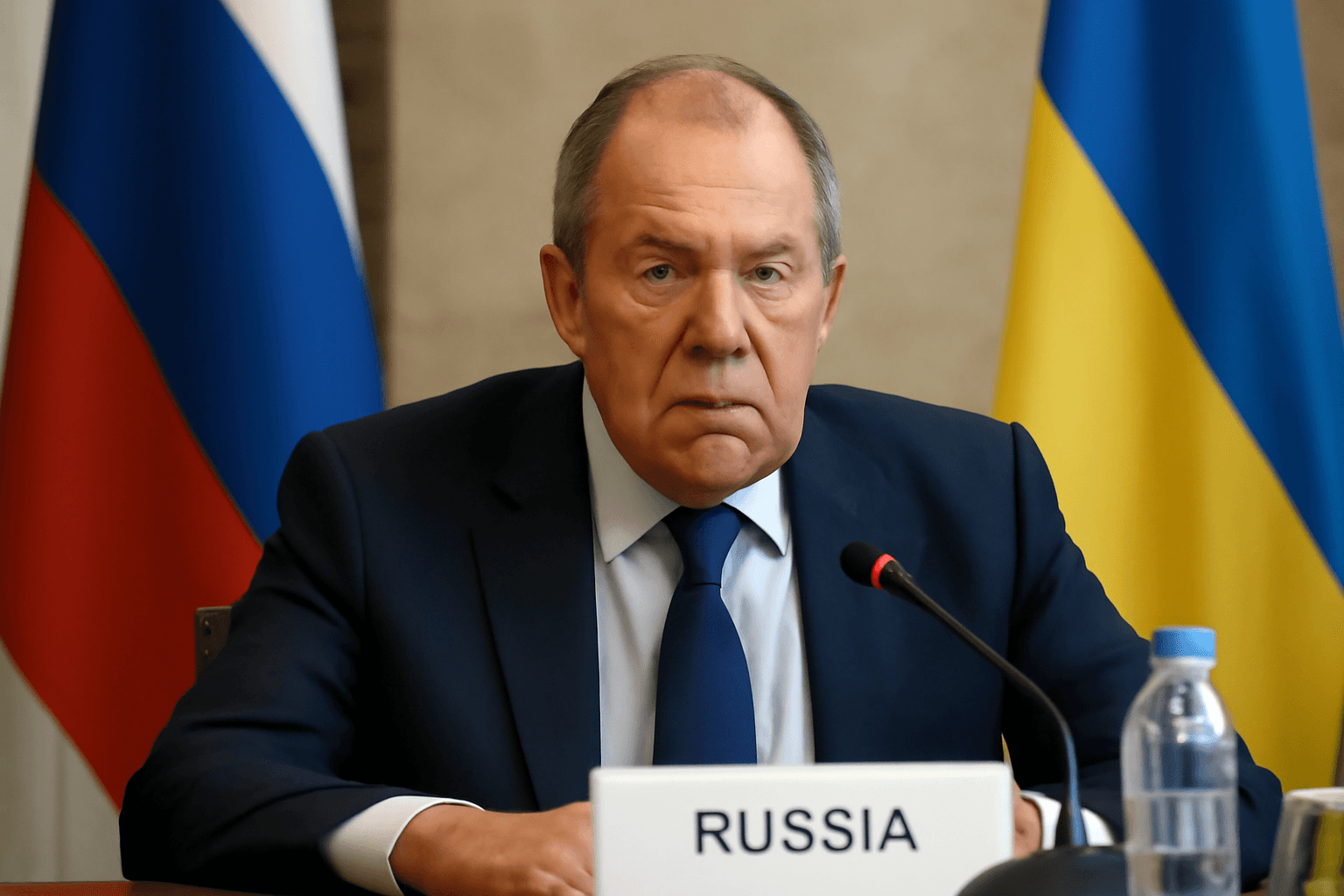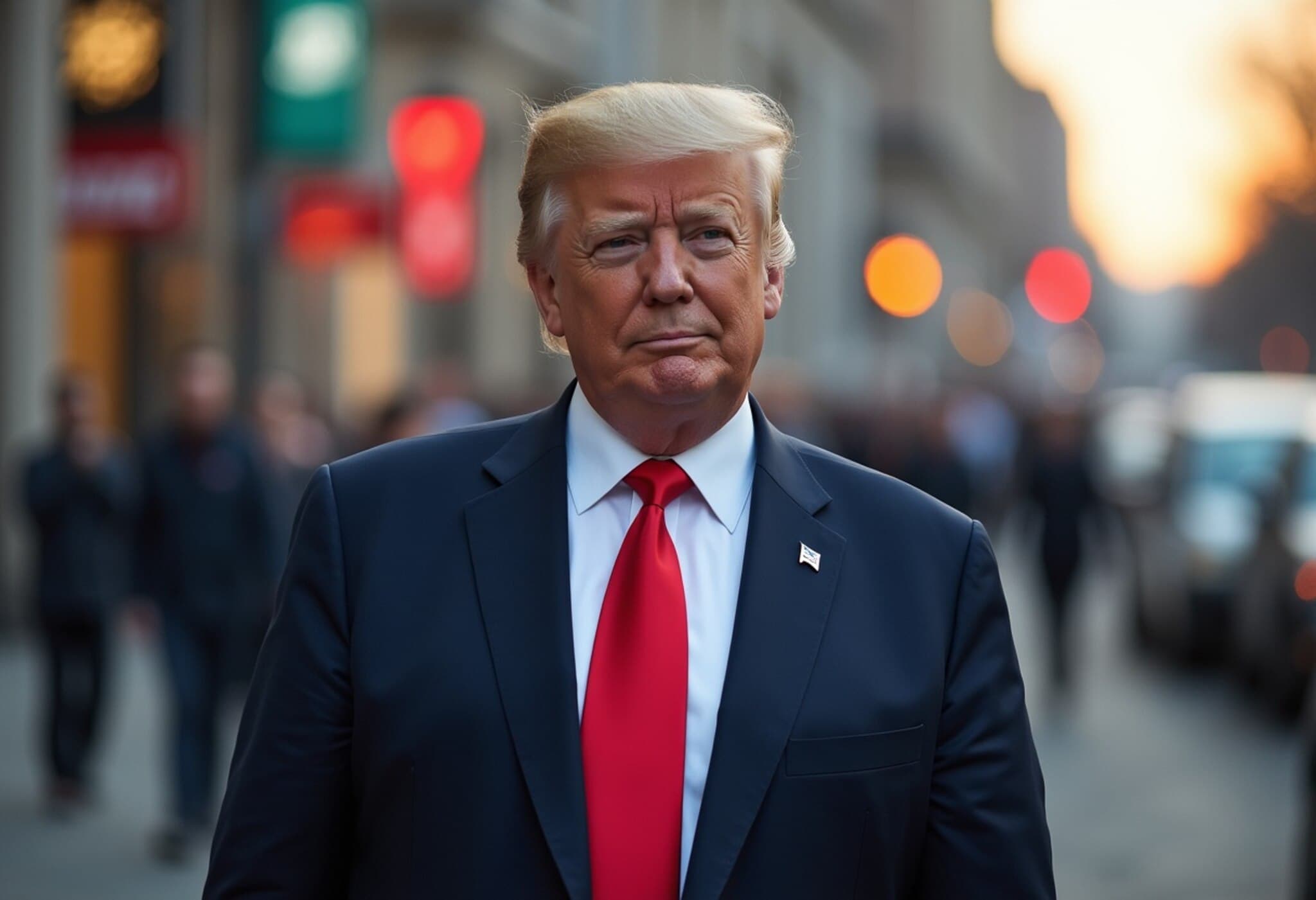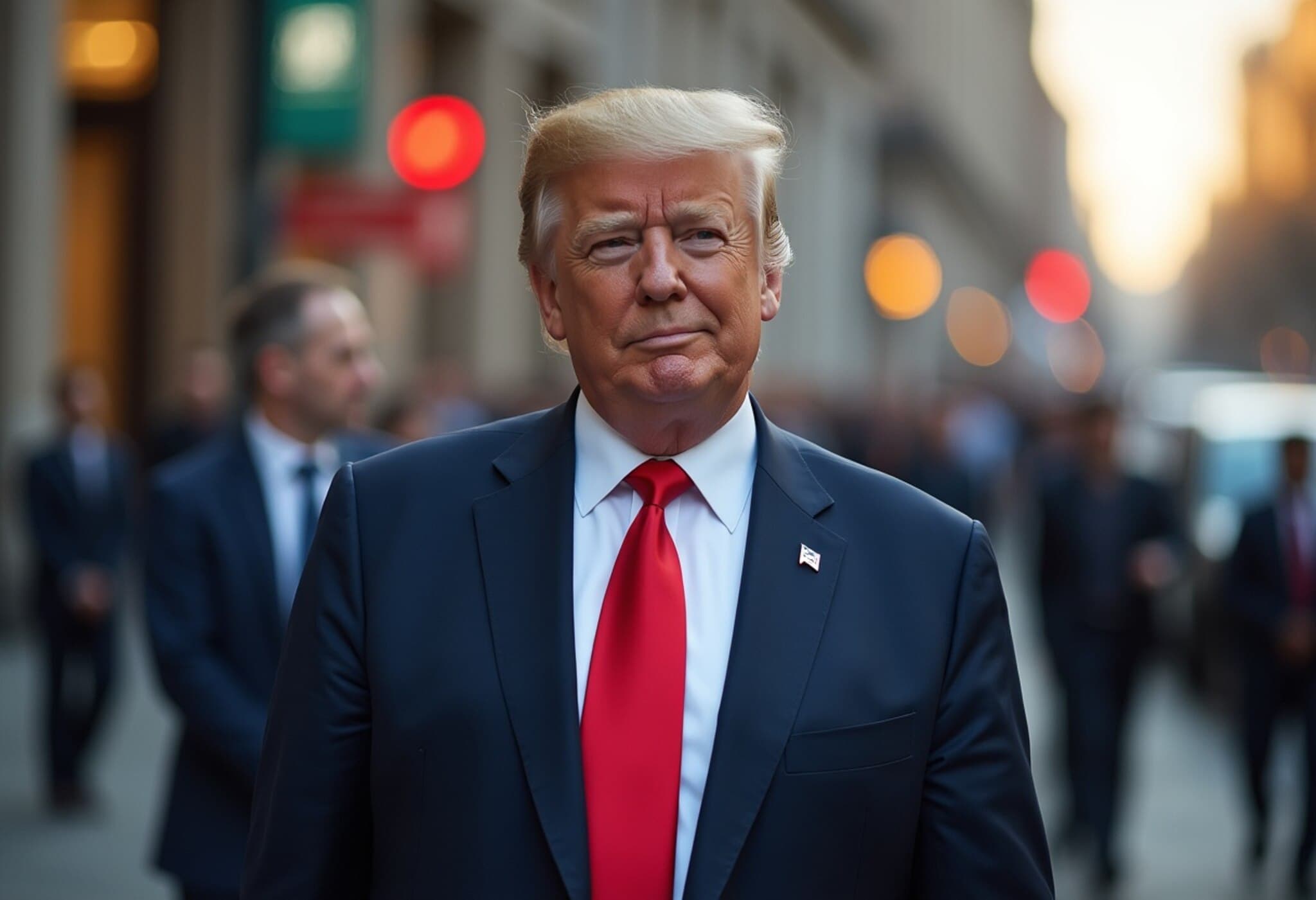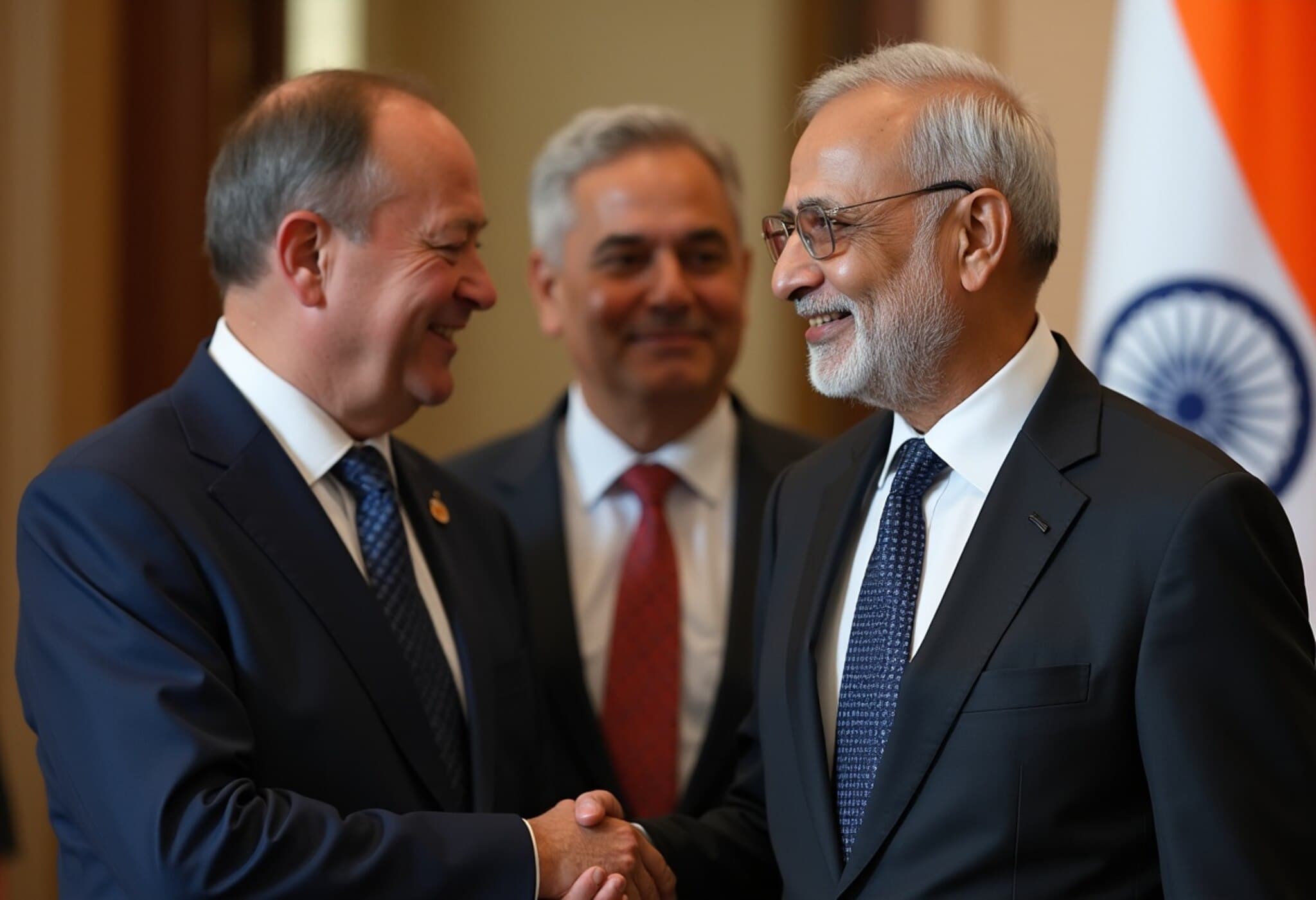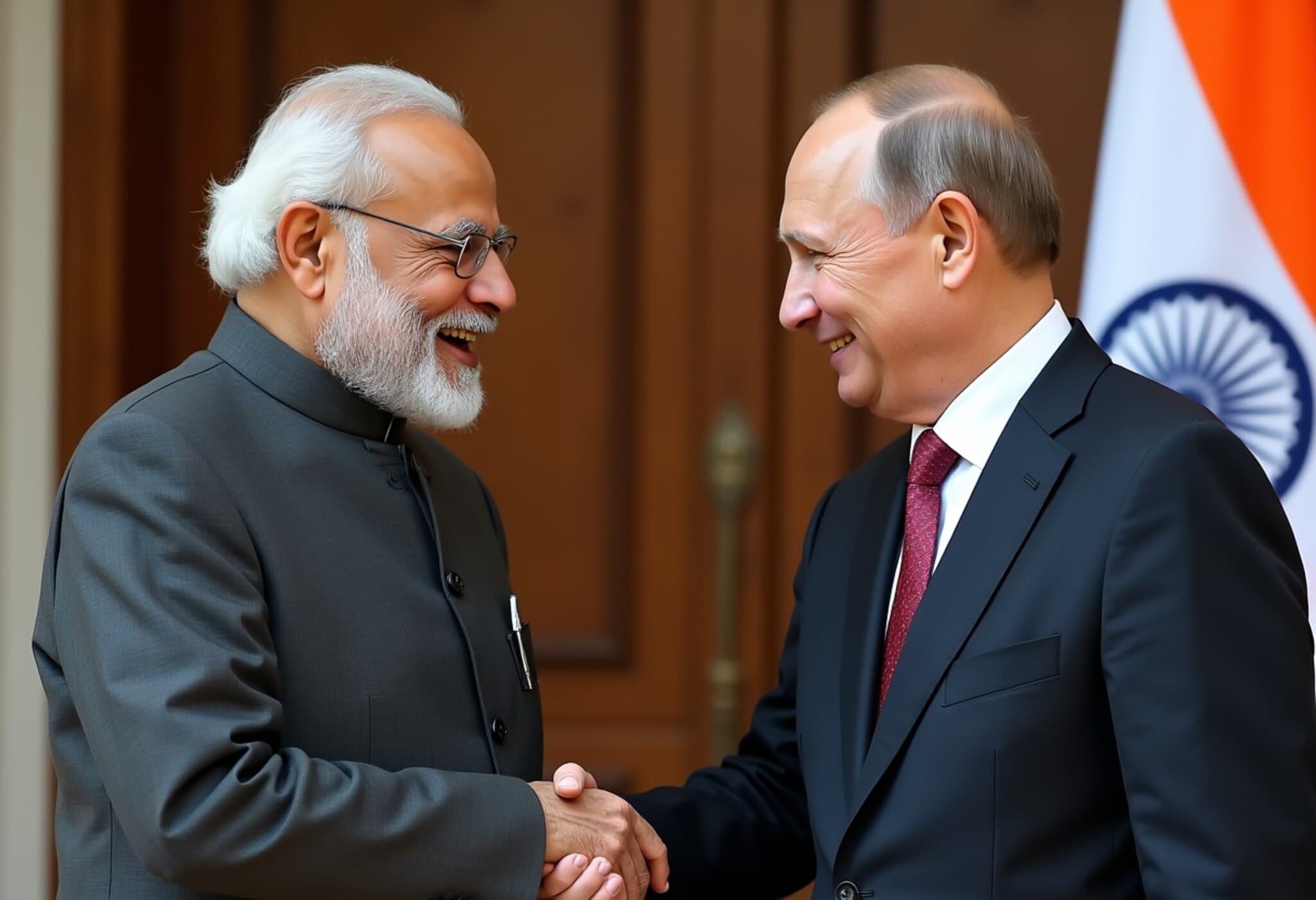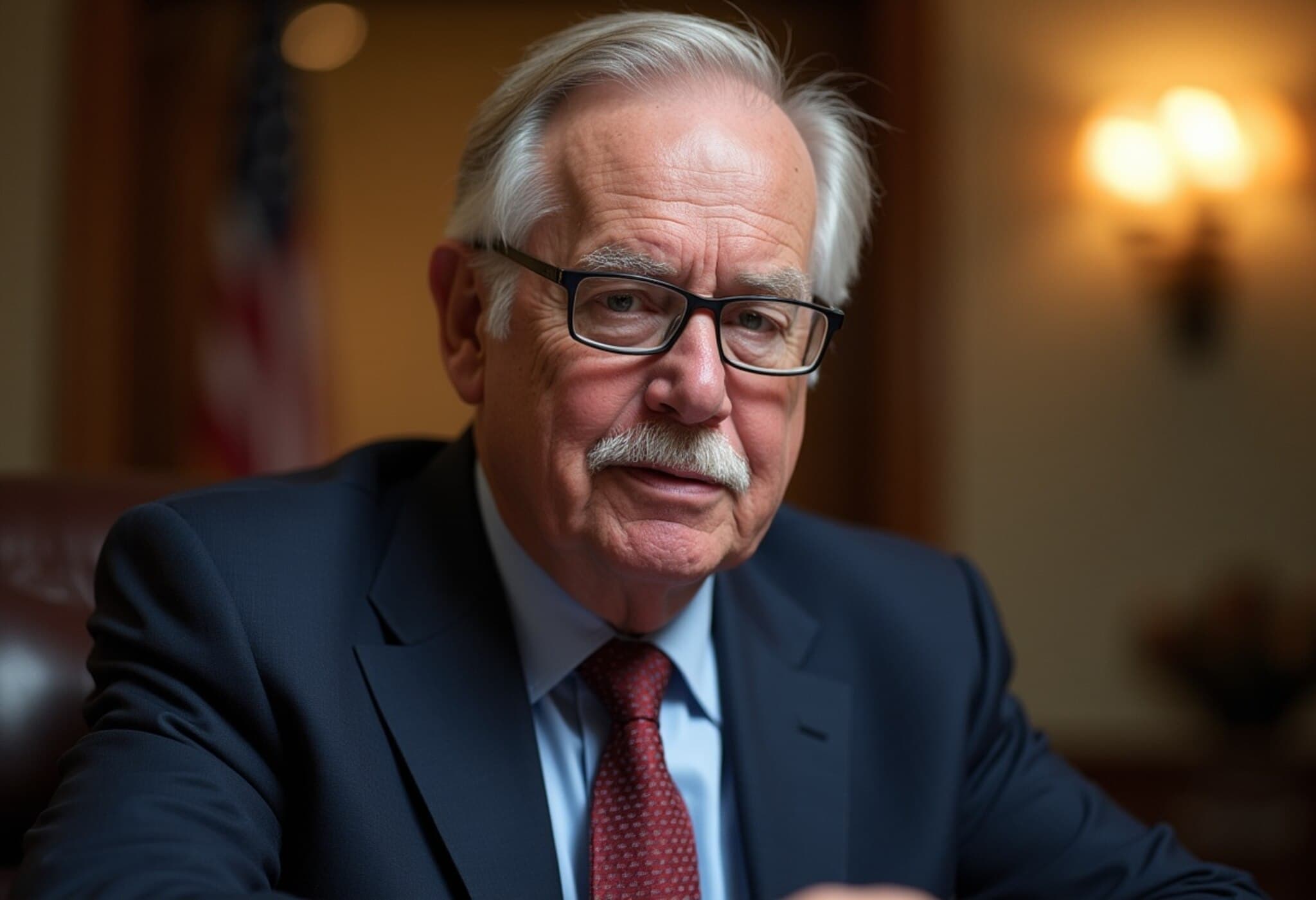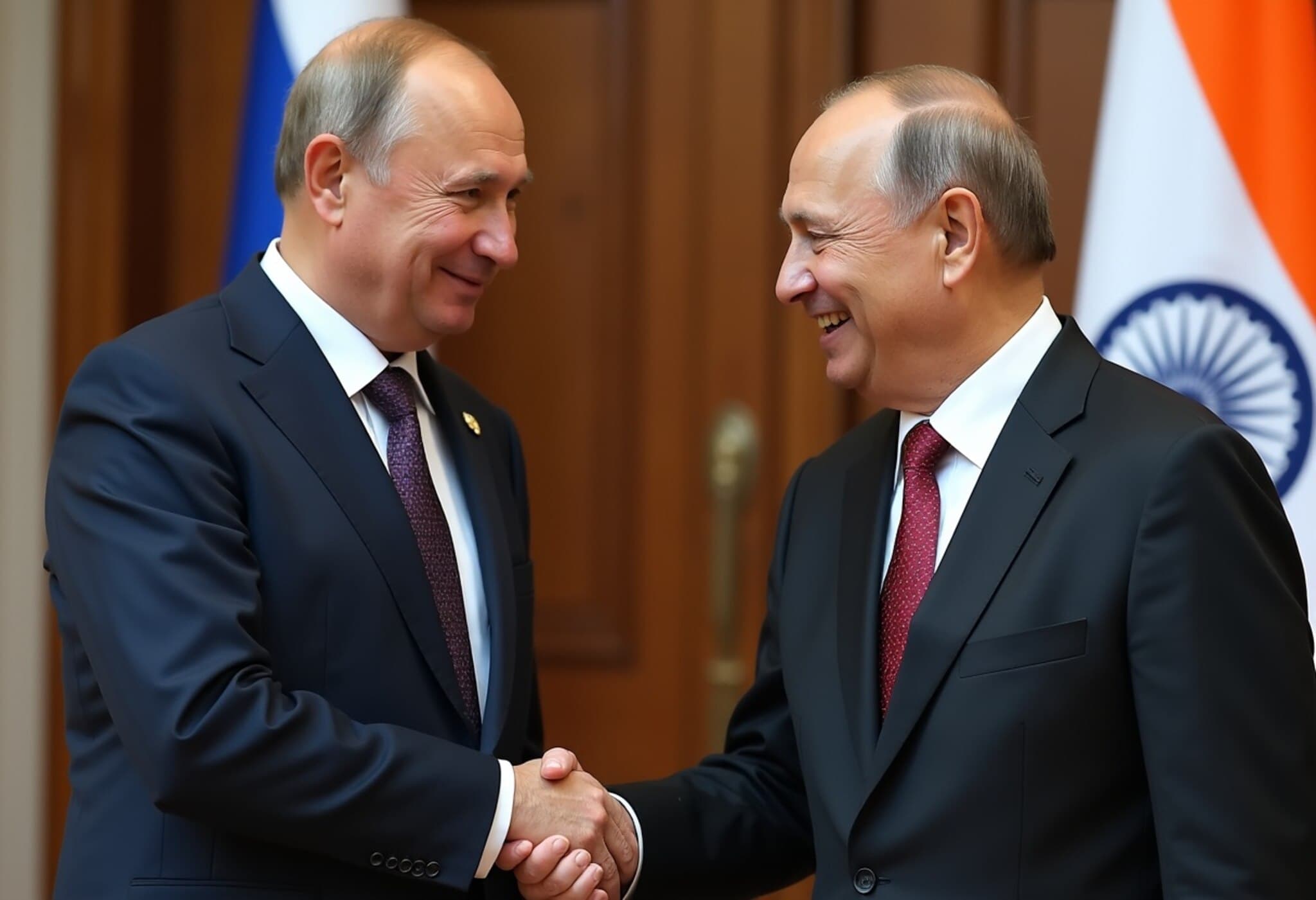Trump's Escalation: A 50% Tariff on India Amid Complex Geopolitics
In a startling development that underscores the tangled web of global diplomacy and trade, the United States has announced an additional 25% tariff on Indian imports, raising the total levied on India to a staggering 50%. This move comes shortly after a high-level meeting between President Donald Trump’s envoy, Steve Witkoff, and Russian President Vladimir Putin in Moscow, which, despite official descriptions as “constructive,” yielded no significant breakthrough concerning the ongoing conflict in Ukraine.
Decoding the Diplomatic Stalemate
While the Witkoff-Putin meeting lasted over three hours and was branded productive, the lack of tangible resolutions indicates the complexity of the Russia-Ukraine war and the limits of backchannel diplomacy. The timing of Trump's tariff hike—announced just hours after the talks—has prompted analysts to interpret it as a sign of US frustration with Moscow's intransigence and a recalibration of America’s pressure tactics.
The core issue driving this economic confrontation: India’s continued purchase of Russian oil amidst widespread Western sanctions. President Trump has publicly accused India of not only buying significant volumes of Russian energy but also profiting by reselling it on international markets, indirectly aiding Russia’s war machinery. His social media statements reflect a growing impatience with nations perceived to be undermining global efforts to isolate Russia economically.
India's Energy Security vs. Global Pressure
India, the world's fifth-largest economy and home to 1.4 billion people, has consistently framed its Russian oil purchases within the paradigm of energy security and market dynamics. The Ministry of External Affairs responded robustly to the US tariffs, emphasizing that India bases its decisions on market factors and national interests. It also signaled readiness to retaliate to protect its sovereignty, hinting at potential counter-tariffs on American goods.
- Key Indian position: Energy security for its vast population is paramount, especially when global energy markets remain volatile.
- US position: Curtailing Russia’s revenue streams is essential to ending the conflict swiftly.
The Broader Geopolitical Chessboard
Despite diplomatic overtures, Russia remains defiant. The nation has recently showcased advanced military capabilities, including new hypersonic missiles, and taken a hard stance by lifting bans on deploying nuclear-capable missiles. These actions exacerbate tensions and complicate diplomatic dialogue.
Notably, Russia’s top foreign policy advisor, Yuri Ushakov, described the talks as “useful” but avoided claims of substantive progress. Meanwhile, Kirill Dmitriev, a pivotal figure in international economic and diplomatic channels, expressed optimism that dialogue would prevail, though concrete outcomes remain elusive.
Human Cost Amidst Political Calculations
Tragically, as diplomatic efforts flounder, the human toll escalates. Just before the Moscow meeting, Russian airstrikes targeted a recreation center in Ukraine’s Zaporizhzhia region, resulting in casualties, including children. Ukrainian President Volodymyr Zelenskyy condemned these attacks as deliberate intimidation tactics.
Implications for US-India Relations and Global Trade
The unprecedented move to impose a combined 50% tariff on India marks the most aggressive US trade action against a major partner in recent years. It sends a clear message about the US's willingness to target not only direct Russian trade but also countries indirectly seen as supporting Russian interests.
This escalation invites several critical questions:
- Will India retaliate, and how will this affect bilateral trade and strategic cooperation?
- Could this tariff push India closer to Russia or other global powers, altering geopolitical alignments?
- How sustainable is the US strategy of economic pressure on third-party nations in resolving conflicts elsewhere?
Expert Insight: A Tactical Pivot or Strategic Risk?
From a policy perspective, Trump’s tariffs signify a tactical pivot aiming to pressure Russia indirectly by constraining its economic partners. Yet, this approach risks alienating key allies and complicating global trade frameworks. For India, reliant on energy imports and navigating its traditional non-alignment policy, these tariffs present a dilemma between upholding sovereign interests and managing a critical relationship with the US.
International relations scholar Dr. Anita Mehta notes, “This tariff move reflects the growing complexity where economic policies are wielded as instruments of geopolitical coercion. For India, balancing energy needs against growing US economic sanctions will be a tightrope walk, with implications for global diplomacy beyond just trade.”
Looking Forward: The Uncertain Path Ahead
The evolving dynamic between these global powers unfolds amidst a fragile geopolitical environment marked by escalating conflicts and shifting alliances. As Russia intensifies its military posture and the US continues to leverage economic sanctions, countries like India find themselves at the crossroads of strategic imperatives and economic realities.
While President Trump’s administration remains tight-lipped about further sanctions, the recent statements suggest an openness to expanding economic measures against nations perceived to be undermining the collective Western stance on Russia.
What to Watch Next:
- India's response to new tariffs — will retaliation materialize?
- Further US sanctions on other countries linked to Russian trade.
- Potential shifts in India-Russia and India-US diplomatic and economic relations.
- Impact on global supply chains and energy markets amid ongoing tension.
Editor's Note:
This tariff escalation exposes a crucial fault line in the current geopolitical landscape—how secondary sanctions impact not just targeted states but also their trading partners with complex domestic imperatives. It highlights the challenge of aligning global conflict resolution with economic realities experienced by populous nations like India. As diplomatic dialogues stall and military aggression persists, the broader question remains: can economic coercion alone compel de-escalation, or does the world face prolonged polarization with enduring consequences for global commerce and peace?

